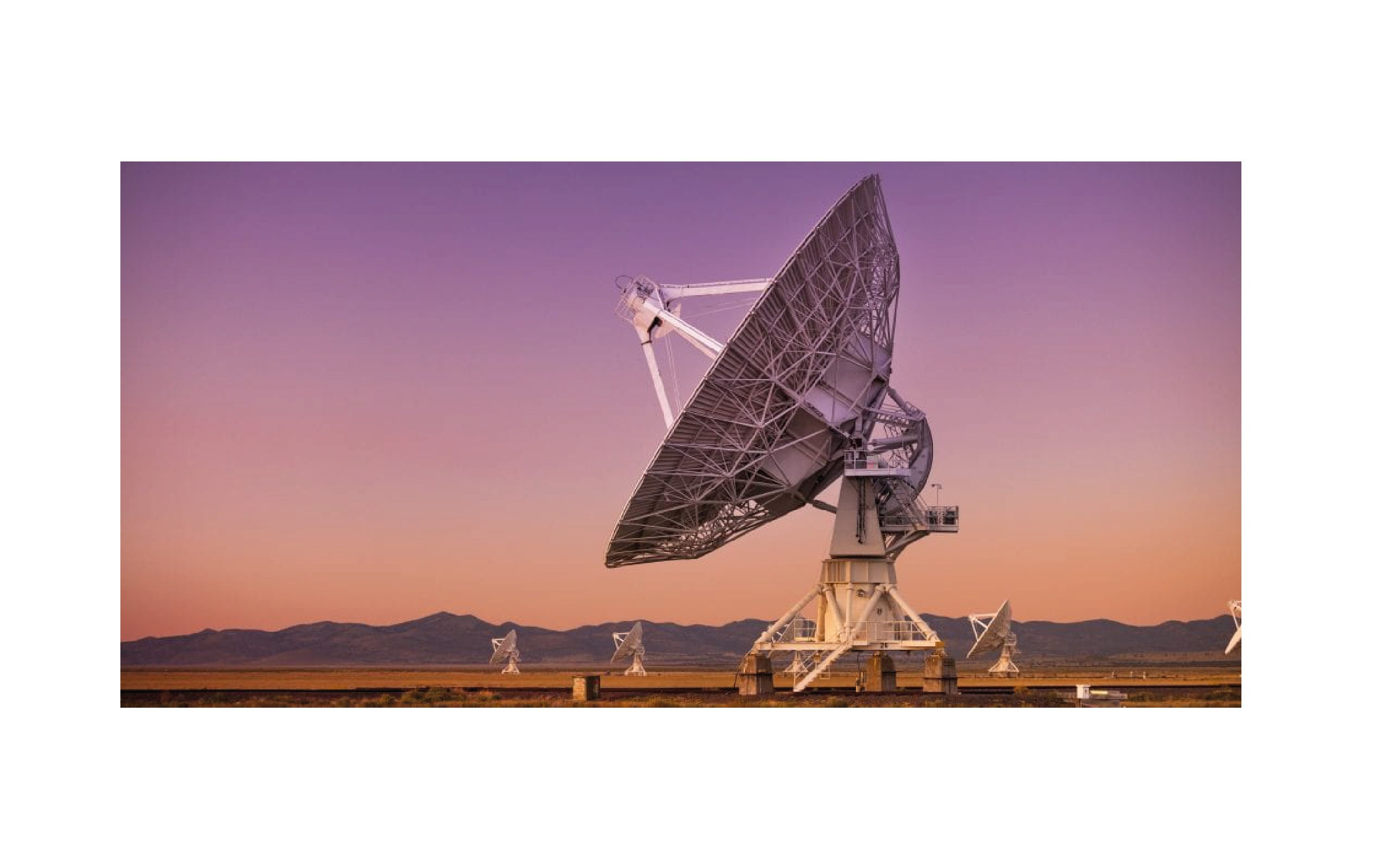The Telecommunication Act 2023 (Act) has been passed by Parliament. The Act aims to modernize and consolidate the regulatory framework on telecommunications and to boost the sector’s growth. First released for consultation in 2022, the Act will repeal the archaic Indian Telegraph Act, 1885 and the Indian Wireless Telegraphy Act, 1933. The Act removes references to services like Internet-based communications, OTT communications from the definition of telecom services but retains the underlying broad definitions for ‘telecommunication’ and ‘message’, because of which, concerns the Act can potentially apply to a broad range of IT and digital services continues to persist. The Act also shifts to a simplified authorization regime – from the existing licensing regime – and permits administrative allocation of spectrum for satellite services. It continues to provide the government with broad powers to take over telecommunication services and networks and increases the quantum of penalties.
Here is a summary:
1. 1. Broad underlying definitions: The Act defines telecom services to include any service that is provided through telecom but removes references to services like video and data communication services, internet-based communication services, interpersonal communication services, OTT communication services, among others. [1] Notably, the definition of telecom is unchanged from the 2022 Bill, and is defined broadly to mean a transmission, emission, or reception of any message by wire, radio, optical or other electro-magnetic systems. [2] There are minor changes to the definition of a message, which is now defined as any sign, signal, text, writing, image, sound, video, data stream, intelligence or information intended for telecommunications. Because of these broad definitions, industry and other stakeholders remain concerned about the prospect of future DoT jurisdiction creep towards IT and digital services.[3]
2. 2. Authorization regime: The Act empowers the government to provide authorization for providing telecom services, operating a telecom network or possessing radio equipment.[4] This is unlike the 2022 Bill, which specified a graded approach of licensing, registration and authorization for telecom services, network, and equipment.[5] While the nomenclature has changed from licensing to authorization, it is currently unclear if the latter will result in lighter-touch obligations for the telecom sector.
3. 3. Spectrum allocation: The Act addresses the government's powers to assign spectrum for telecom services. While it identifies ‘auctions’ as the primary method for assigning spectrum, it explicitly allows administrative assignment of spectrum for satcom services like GMPCS and VSAT, as well as for ground station operations.[6] The government may amend this list in public interest. This marks a departure from the 2022 Bill, where there was no explicit mandate to administratively assign spectrum for satcom services, except when the government deems fit in cases of ‘public interest’ or ‘necessity’. The move has been welcomed – especially by the satcom industry – which had been seeking administrative allocation for satcom.[7]
4. 4. User verification: Telecom service providers must identify individuals by using to be prescribed ‘verifiable biometric based-identification’ methods.[8] Reportedly, this obligation has been included for the goal of consumer protection, to reduce spam calls and messages, and prevent SIM-based fraud.[9] Concerns have been raised about how the privacy invasive nature of this measure, how collected biometric data shall be safeguarded, and the technical feasibility of effectively implementing digital biometric verification.[10]
5. 5. Public safety, national security, and lawful interception: The government can take over telecom services and networks, provide priority call routing, mandate interception/detainment/disclosure of messages, suspend communication, or transmit certain announcements for public safety and national security purposes.[11] These provisions have been criticized for granting the government broad powers that provide it greater control over telecommunications and the internet without meaningful checks.[12]
6. 6. Standards: The government can prescribe standards for telecom services, manufacturing, and the import of equipment, encryption, and cybersecurity for telecommunication services and networks.[13] Entities that provide telecom services or operate telecom networks will have to comply with any local and domestic standards for telecom equipment/infrastructure that the government may develop.[14]
7. 7. Right of Way: The Act lays down a mechanism to exercise the right of way to lay down telecommunication infrastructure in both public and private properties.[15] The right of way-related provisions has been praised by industry, as it grants a right of way in a non-discriminatory manner and clearly lays down the liabilities and obligations while accelerating digital connectivity.[16]
8. 8. Digital Bharat Nidhi (DBN): The Universal Service Obligation Fund will be replaced by the DBN. It will be used for additional purposes like reaching underserved urban areas, research and development, skill development, and others.[17] The government will prescribe rules on the administration of the DBN, and it will be part of the Consolidated Fund of India.[18]
9. 9. Offenses and penalties: Compared to the 2022 Bill, the Act enhances the quantum and force of penalties.[19] For instance, providing telecommunication services or establishing a telecommunication network without authorization is punishable with imprisonment for a period upto 3 years, and with a fine upto INR 2 Crore.[20]
[1] Section 2(t) Telecommunications Act, 2023; Clause 2(21) Telecommunications Bill, 2022.
[2] Section 2(p) Telecommunications Act, 2023; Clause 2(17) Telecommunications Bill, 2022.
[3[https://www.moneycontrol.com/news/business/us-big-tech-firms-seek-assurance-on-telecom-bills-scope-on-internet-services-11942111.html
[4] Section 3(1) Telecommunications Act, 2023.
[5] Clause 3(2) and Clause 4, Telecommunications Bill, 2022.
[6] Section 4(4) Telecommunications Act, 2023 r/w First Schedule.
[7] Gulveen Aulakh, and Shouvik Das, "New telecom bill set to approve administrative allocation for satellite broadband services" (Livemint, Dec 19, 2023) https://www.livemint.com/industry/telecom/new-telecom-bill-set-to-approve-administrative-allocation-for-satellite-broadband-services-11702876066350.html accessed 22 Dec 2023; S Ronendra Singh, "New Telecom Bill proposes assigning spectrum for satellite broadband services" (The Hindu, Business Line, Dec 18, 2023) https://www.thehindubusinessline.com/info-tech/telecom-bill-2023-powers-to-the-government-to-take-over-manage-or-suspend-any-or-all-telecommunication-services/article67650878.ece accessed 22 Dec 2023.
[8] Section 3(7) Telecommunications Act, 2023.
[9] The Hindu Bureau, "Omnibus Telecom Bill introduced in LS to replace 138-year old law; allows interception, right of way, spectrum harmonisation" (The Hindu, Dec 18, 2023) https://www.thehindu.com/news/national/omnibus-telecom-bill-introduced-in-ls-to-replace-138-year-old-law-allows-interception-right-of-way-spectrum-harmonisation/article67651128.ece accessed 22 Dec 2023.
[10] Tejasi Panjiar and Prateek Waghre, 'First Read: The Telecom Bill, 2023 is on Santa's evil list' (IFF, Dec 20, 2023) https://internetfreedom.in/first-read-telecom-bill-2023 accessed 22 Dec 2023.
[11] Chapter IV, Telecommunications Act, 2023.
[12] ibid; Article 19, "India: Government must withdraw the Telecommunications Bill, 2023" (Dec 21, 2023) https://www.article19.org/resources/india-government-must-withdraw-the-telecommunications-bill-2023/ accessed 22 Dec 2023.
[13] Section 19, Telecommunications Act, 2023.
[14] Section 21(a)-(c), Telecommunications Act, 2023.
[15] Section 11, and 12, Telecommunications Act, 2023.
[16] "Telecom Bill 2023 progressive, forward-looking, brings predictability: Industry captains" (The Economic Times, Dec 19, 2023) https://economictimes.indiatimes.com/industry/telecom/telecom-policy/telecom-bill-2023-progressive-forward-looking-brings-predictability-industry-captains/articleshow/106125243.cms accessed 22 Dec 2023.
[17] Section 24 and 25, Telecommunications Act, 2023.
[18] Section 25 and 26, Telecommunications Act, 2023.
[19] Section 42, Telecommunications Act, 2023.
[20] Section 42(1), Telecommunications Act, 2023.
For more information, write to us at contact@ikigailaw.com










